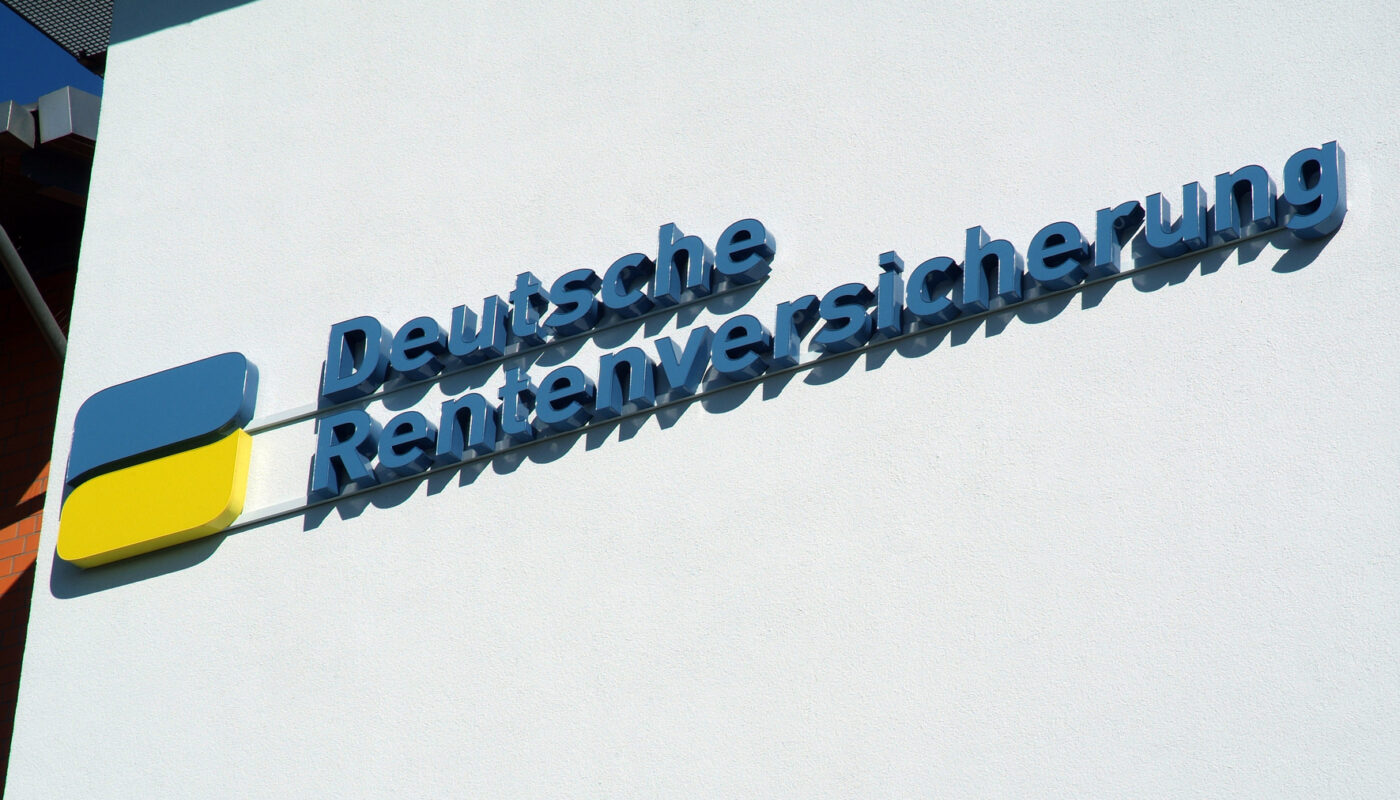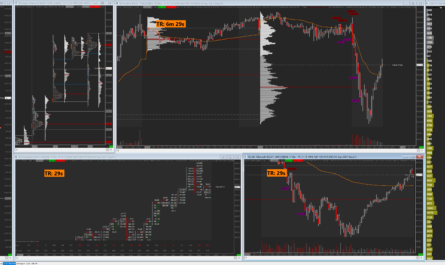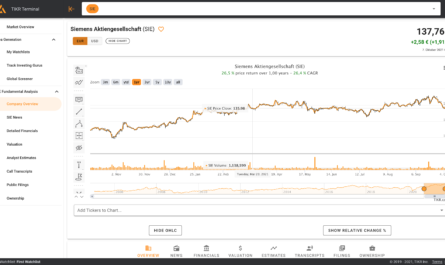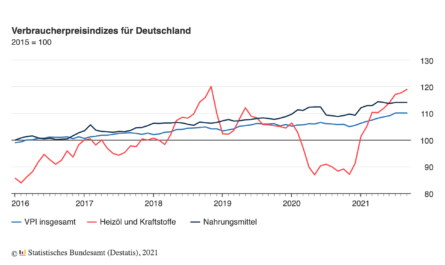In the middle of the month, the Bild newspaper reported that the traffic light government’s stock pension had failed and would not be reflected in the federal government’s budget plan. In fact, a short time later, the stock pension was hardly significant in the new budget. Johannes Vogel and the FDP, however, still want to hold on to it. Such a scenario is not quite so far-fetched, however, in view of the Corona crisis and the war in Ukraine. The money in the state coffers is currently needed for many other things.
Most Germans are not aware of how much money pensions actually devour. In view of demographic change, however, it will become increasingly difficult to finance. Today, the German pension system is already subsidized by taxpayers’ money to the tune of around 100 billion euros a year. The payments made by employees and employers are therefore already insufficient. But how much does the average German actually pay for his or her pension? We would like to take a closer look at this in this article.
Not everything is on the pay slip
To do this, we first need to clarify what people in Germany earn on average. In 2020, the average salary for a full-time employee was 3,975 euros, or 47,700 euros before taxes and social security contributions per year. In practice, this figure is heavily distorted in view of the rare million-dollar salaries or six-figure annual incomes, which is why we prefer to use the median salary for this analysis. This most recently amounted to 43,200 euros a year before taxes, or 3,600 euros gross a month. Half of Germans earn less, the other half more.
Auf dem Lohnzettel der Arbeitnehmer werden die fälligen Steuern und Sozialabzüge separat ausgewiesen. Der Beitrag für die Rentenversicherung stellt dabei den größten Posten der Sozialabgaben dar, ist jedoch geringer als der Steueranteil durch die Lohnsteuer. Bei einem Monatsbrutto von 3.600 Euro bezahlt der Arbeitnehmer Monat für Monat 334,80 Euro in die Rentenkasse ein, erst danach folgen die Beiträge zur Kranken- und Pflegeversicherung in Höhe von 286,20 und 67,50 Euro sowie für die Arbeitslosenversicherung in Höhe von 43,20 Euro. Die Lohnsteuer beläuft sich auf 535,41 Euro, die etwaige Kirchensteuer in Bayern auf 42,83 Euro.
The employer also pays in
But this is only half the truth, because only the employee’s share is shown on the pay slip. In fact, the costs for the employer are significantly higher, since the employer also has to pay contributions for its employees. Roughly speaking, the actual costs for an employee are about 20% higher than the monthly salary shown.
At the median salary, the total cost for the employee to the employer is 53,768.88 euros per year, or 4,480.74 euros per month. The employer pays an additional 334.80 euros into the pension insurance for his employee, so that one comes to a pension rate of currently 18.6%. In fact, the German pension insurance actually collects a median of 669.60 euros per employee.
| Arbeitnehmer | Arbeitgeber | Gesamt | |
|---|---|---|---|
| Bruttogehalt | 3.600,00,- | 4.480,74,- | – |
| Rentenversicherung | 334,80,- | 334,80,- | 669,60,- |
| Arbeitslosenversicherung | 43,20,- | 43,20,- | 86,40,- |
| Pflegeversicherung | 67,50,- | 54,90,- | 122,40,- |
| Krankenversicherung | 286,20,- | 286,20,- | 572,40,- |
| Umlagen | – | 161,64,- | 161,64,- |
| Lohnsteuer | 535,41,- | – | 535,41,- |
| Solidaritätszuschlag | – | – | – |
| Kirchensteuer | 42,83,- | – | 42,83,- |
| Sozialabgaben gesamt | 731,70,- | 719,10,- | – |
| Steuern gesamt | 578,24,- | – | – |
| Auszahlung / Kosten | 2.290,06,- | 4.480,74,- | – |
Additional private pension provision
But that’s not all: In order not to have to make any major financial sacrifices in old age, the German pension insurance scheme recommends that its insured members build up their old-age provision on three pillars and thus not rely solely on state benefits.
The second pillar provides for a company pension plan through the employer, which is supposed to additionally top up the later pension payments with the help of a company pension.The third pillar takes the insured person himself into the obligation and provides for a private pension plan, as we repeatedly cover in this blog.
So in addition to the above-mentioned 669.60 euros, there are further amounts per month on top.However, not everyone receives additional support from their employer or can even put aside extra money for their old age in times of high inflation.However, if we assume that the employer subsidizes the employee’s retirement provision with 200 euros a month and the employee himself can save 100 euros, then we arrive at a total sum of almost 1,000 euros a month that is spent on the pension of each of us alone.
If you earn well or are self-employed, would you actually put aside a four-digit amount month after month for your pension? I’m sure people like to forget about the employer’s portion! How much do our readers save?
Keyfacts
- on average, an employee pays 334.80 euros a month into the pension
- the employer adds the same amount on top of that
- the pension insurance recommends additional provision
- … through company pensions
- … or private provision
- so loosely four-digit monthly amounts come together
- the high amounts are already not sufficient today







